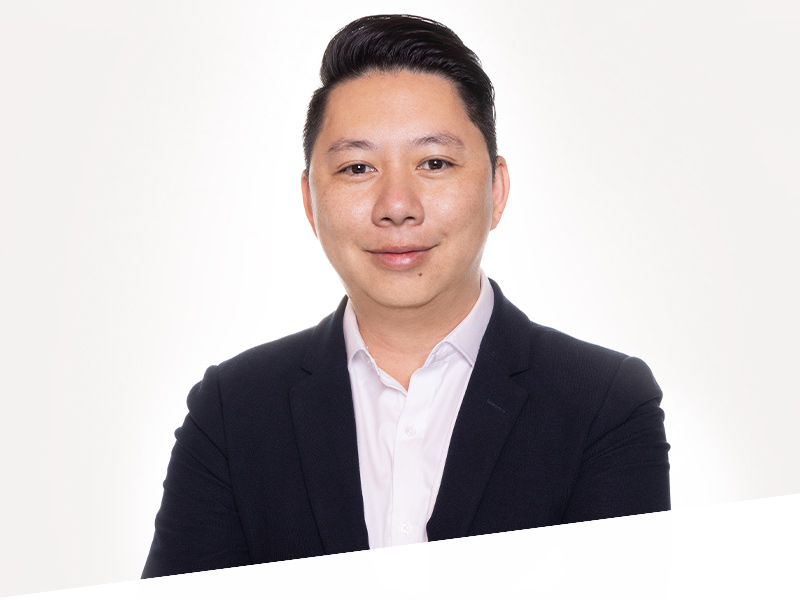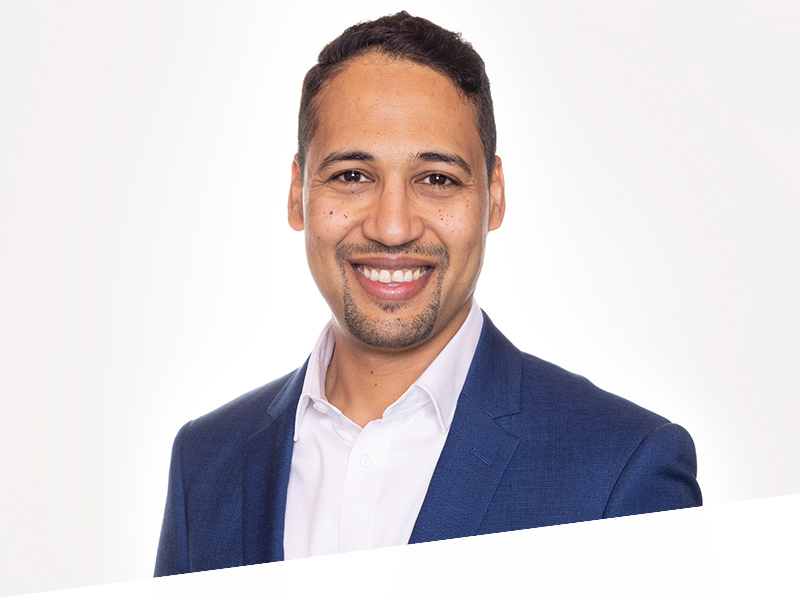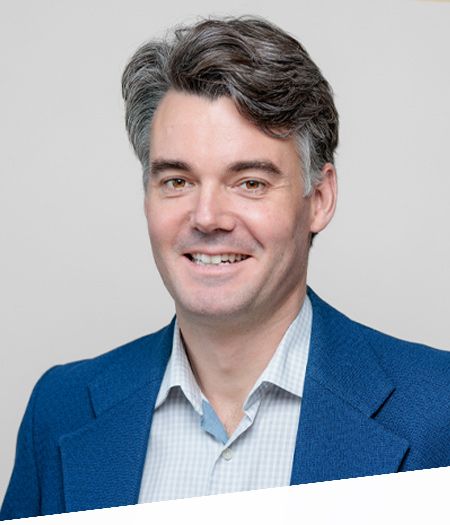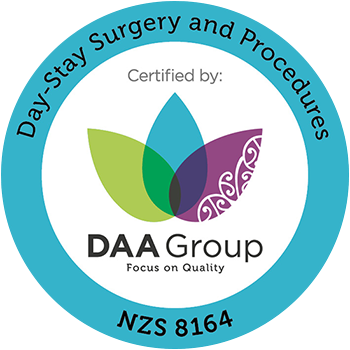8 Tips to Treat Eye Strain
With our digital dependence and busy workloads growing, eye strain is something that many of us experience every day. Irritated, dry eyes, headaches and even neck and shoulder pain – these common symptoms of eye strain are uncomfortable, but preventable! Here are our top 8 tips and exercises to treat or avoid eye strain, so that you can work and live comfortably.
1. Look for the right light
Different lighting is needed for different activities. Soft, dim light can help prevent eye strain while watching T.V. whereas light should ideally shine from behind you when engaging in focused activities like reading. Screen brightness is equally important, ensuring that it isn’t too bright that it is hard to focus, or too low that it is hard to read. As wonderful as natural sunlight in the office can be, glare can exacerbate eye strain. So in the hours of the day that the sun casts glare on your screen, consider pulling the blinds.
2. Reposition your computer monitor
A lot of neck and back tightness is due to poor posture at the desk. Your eye-line can add to this tightness if the eyes are forced to look too far down at a screen. This is because looking down for long periods arches your head forward, which then puts pressure on your neck and shoulders as they try to make up for the misaligned weight. To alleviate eye strain and the shoulder pain that follows, ensure your screen is just below eye level, while you sit up straight, with your chin parallel to the floor and shoulders pulled back and down. The screen should be about arm’s length away from you. If this seems too far, and you think you’ll have difficulty reading text, consider enlarging the font.
3. 20-20-20 Rule
Eye strain is most likely to occur when you are engaged in a single activity for an extended period of time without a break. While many know the importance of scheduling breaks in the day to move our bodies, few realise how important it is to move our eyes. Ideally, every 20 minutes you should shift your focus on something else at least 20 feet away, for 20 seconds. This is known as the 20-20-20 rule, and while it seems stupidly simplistic, it provides your eyes with the break they need to continue focusing on the task at hand.
4. Change your view
If you are involved in the same activity for several hours such as driving, or computer work, your eyes may need more than 20 seconds rest. Just like our brains, often the best breaks are the ones that involve a change of scenery to break the routine of the day and give ourselves a break from concentrating. Why not consider taking a walk during your lunch break. The new sights and activity going on outside increase stimulation which combats fatigue, while the varying distances and observations promote eye flexibility. Or, if you’ve been driving all day why not wind down with a good book to allow your eyes to focus on one thing in front of them, rather than being aware and active for hours on end. As a general rule for avoiding eye strain (and fatigue), try to break up your screen time and long singular tasks as much as you can.
5. Avoid Dry Eye
Dry eye prodcues an awful gritty feeling, that can be brought on by intensely focusing on things like a computer screen, because when we focus more, we tend to blink less! Add to this our air-conditioned work spaces and it is no wonder so many people finish the day with irritated and dry eyes. Artificial tears, and other lubricating eye drops used when needed, can greatly help treat dry eye. But try to incorporate breaks as suggested in the above points, and if you remember – try to blink a little more when working at a screen.
Exercises for eye strain
Below are some quick and easy exercises you can do during the day to alleviate eye strain.
1. To infinity and beyond
Sit comfortably with good posture, and imagine an infinity sign floating at arm’s length. With your finger, draw out the infinity sign, changing the direction each time. As silly as it may seem, this is a great exercise to improve your eye’s flexibility and reduce eye strain.
2. Side to Side gaze
Move your gaze, without moving your head to the right, allowing yourself to focus to the side for as long as it feels comfortable.Then repeat to the left side. The use of peripheral vision, and change in motion releases built up eye strain.
3. Head to palm
Cover your closed eyes with the palms of your hands. Relax, and keep your palms over your face for a couple of minutes. This breaks up the intense concentration in the middle of a task, giving your eyes a quick but effective rest.
More than just eye strain?
If you feel that you have prolonged eye strain, and these tips don’t help, or you’ve had sudden changes in your vision, consider booking an appointment with one of Eye Institute’s specialists, or having a check-up with your local optometrist.
Our industry-leading experts are here to guide you every step of the way
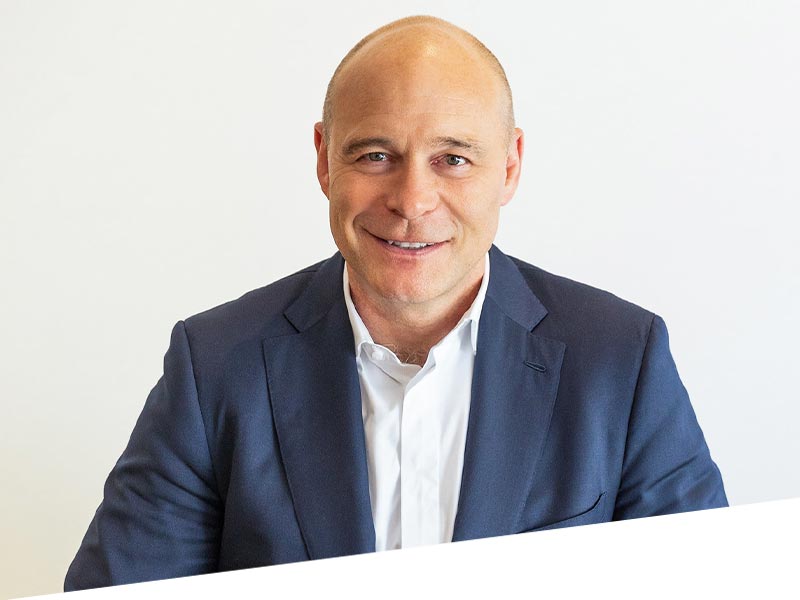
Dr Nick Mantell is a Refractive laser, Refractive Lens Exchange and Cataract Specialist. He has been working in private practice for 20 years.
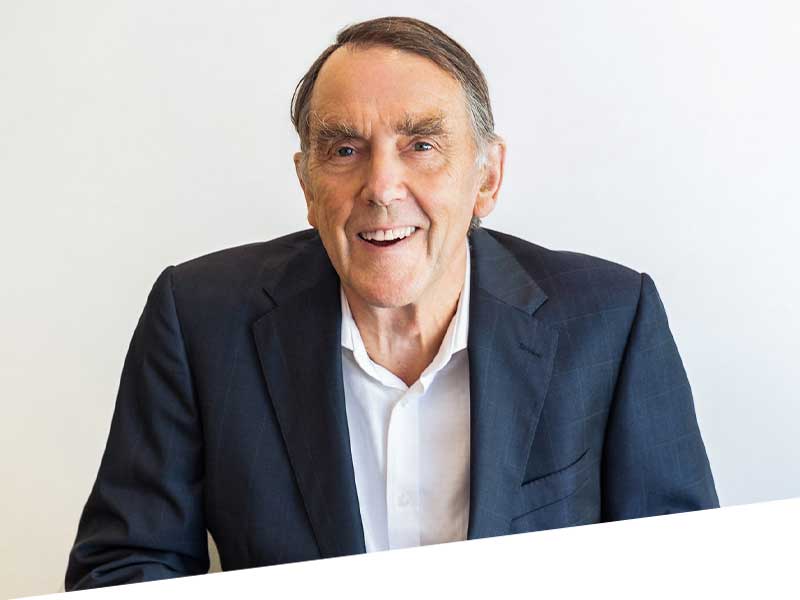
With four decades at the forefront of eye surgery in New Zealand, Dr Ring was an early exponent of modern multi-focal technology. He was also part of the esteemed small team that introduced laser surgery to the country.
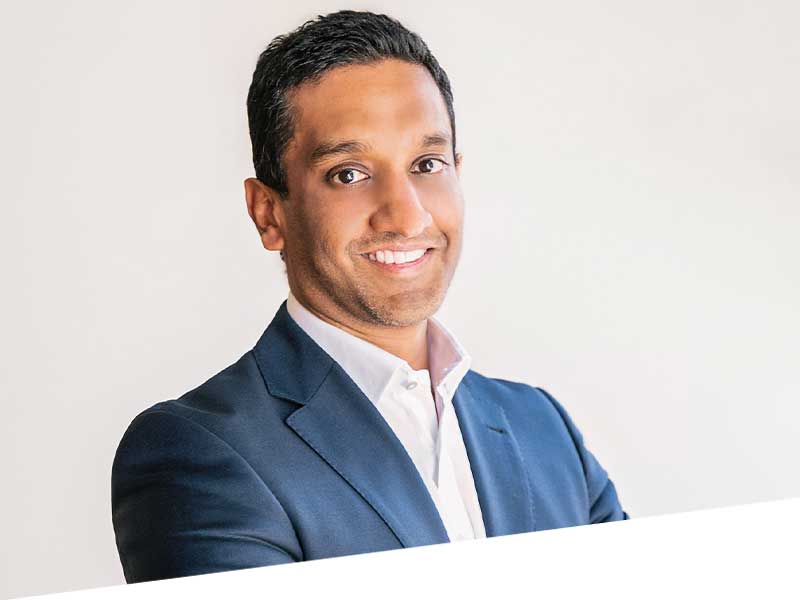
A cataract, corneal and laser surgery specialist Dr Subbiah has been with Eye institute since 2013. His easy manner and affable nature have found a natural home in New Zealand medicine.

Dr Watson’s focus – pun intended – is the front of the eye. His combination of specialisations enables him to address the face, eyelids, tear drainage system, the surface of the eye and cornea together as a single functional unit to give the best possible outcome.

Professor Danesh-Meyer is an international authority on glaucoma and neuro-ophthalmology and one of the most highly regarded experts in her field.
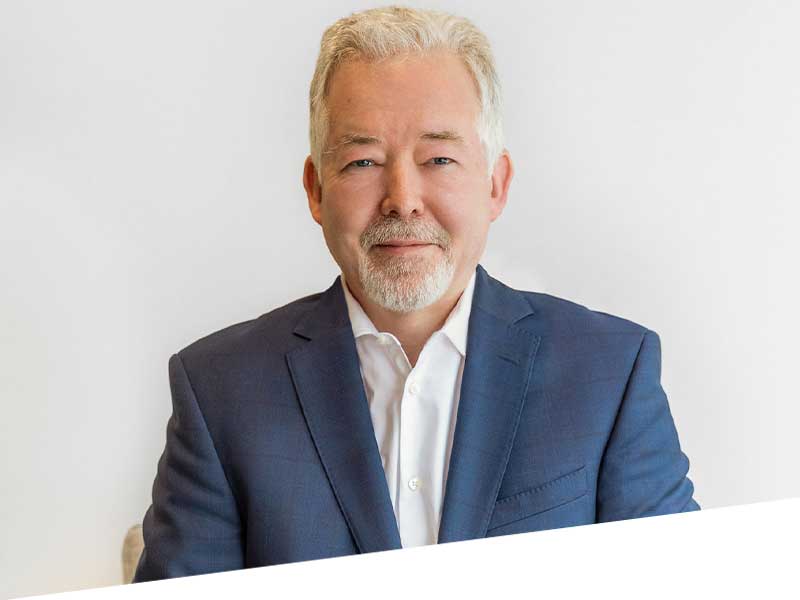
Professor Charles McGhee, a Consultant Ophthalmic Surgeon for 25 years, specialises in corneal diseases and cataract surgery.
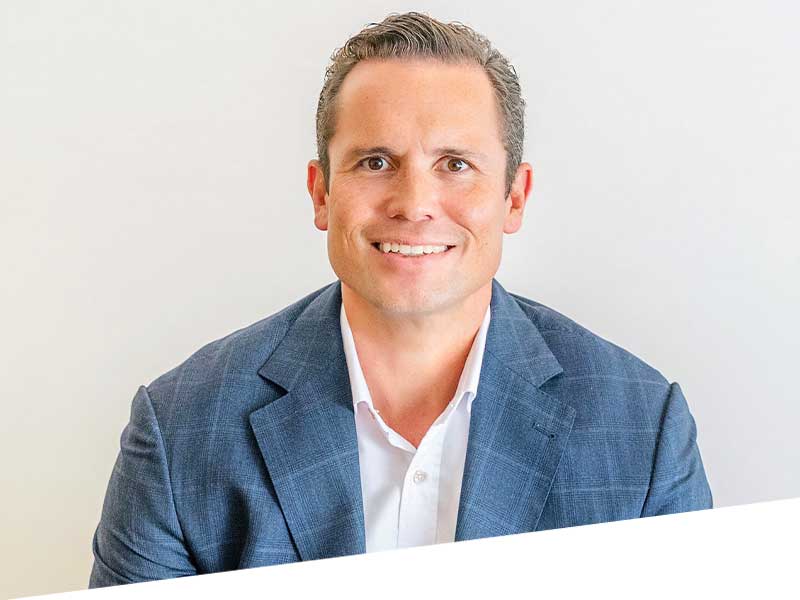
Will is an acknowledged expert in cataract and vitreoretinal surgery. He splits his time between the Eye Institute and works publicly at the Greenlane Clinical Centre.
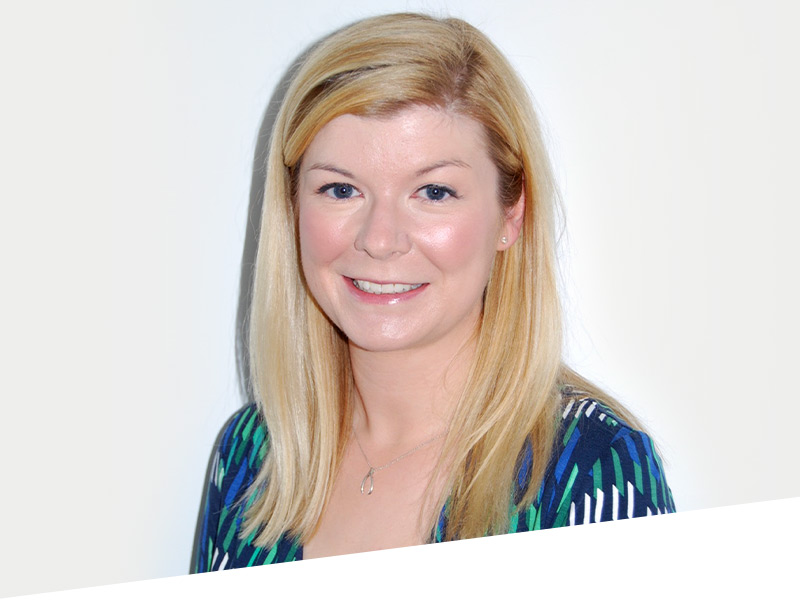
Dr Hill completed her MBBS at St Georges University of London in 2008, also obtaining an Intercalated BSc from King’s College University, London.
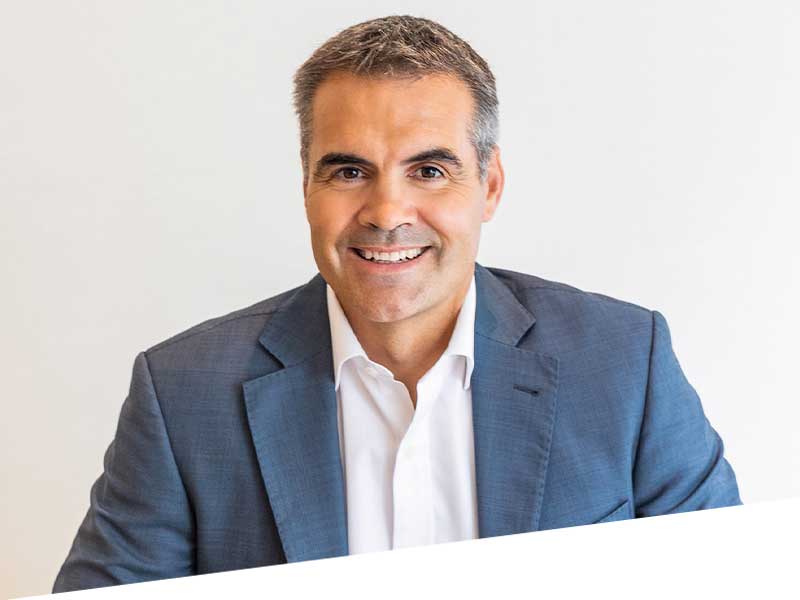
Dr Hadden specialises in vitreoretinal and cataract surgery, including the treatment of intraocular tumours. He has been at Eye Institute for 17 years.

Dr Narme Deva is a key opinion leader for Medical retina and Uveitis in New Zealand and an expert cataract surgeon. She has a logical approach, an empathetic manner and a passion for the pursuit of excellence.
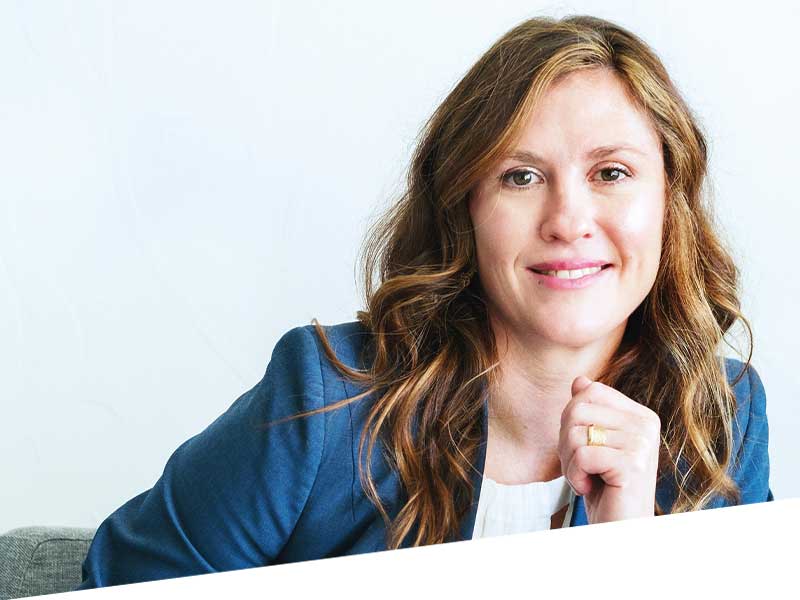
Dr Elizabeth Insull is a New Zealand and UK trained Oculoplastic and Ophthalmic surgeon based at Eye Institute Hawke’s Bay at Kaweka Hospital.
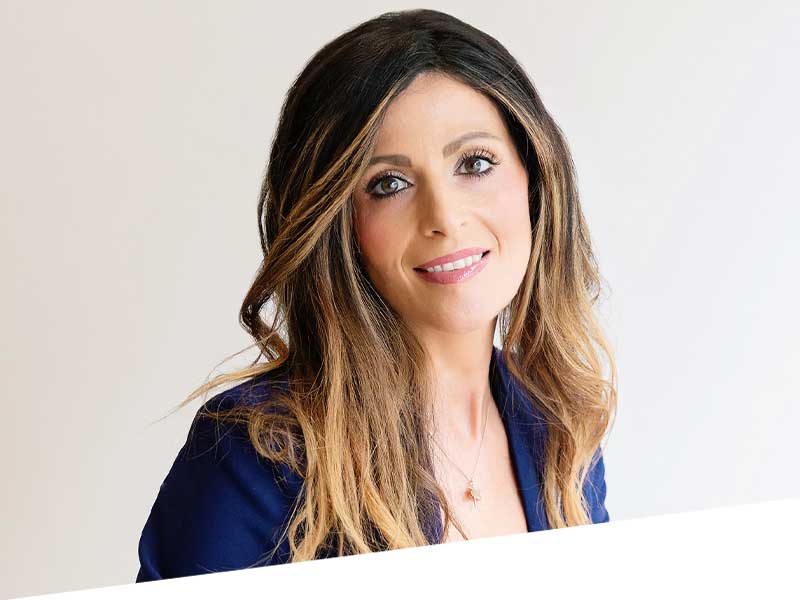
Dr Kaliopy Matheos is a New Zealand-trained Ophthalmologist specialising in Glaucoma & Anterior Segment Surgery at the University of Toronto in Canada.
As part of his ophthalmology specialty training, Dr Dunne gained valuable experience in major centres such as Auckland and Wellington.

Dr. Jay Meyer is a specialist eye surgeon with expertise in cataracts, glaucoma, and corneal diseases and surgeries. He has a gentle demeanour and provides personalised care by tailoring treatments to each patient’s needs.

Dr Reeves has advanced training in the diagnosis and management of glaucoma. He offers a variety of laser and surgical treatments including minimally invasive glaucoma surgery.
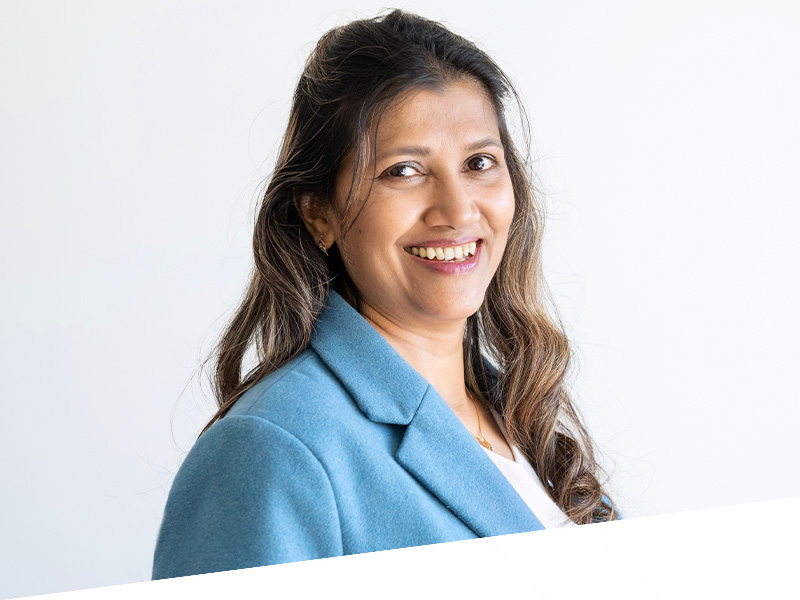
Dr Baswati Sahoo
Dr Baswati Sahoo is a cataract and glaucoma surgeon from India with over 15 years of experience in Ophthalmology.
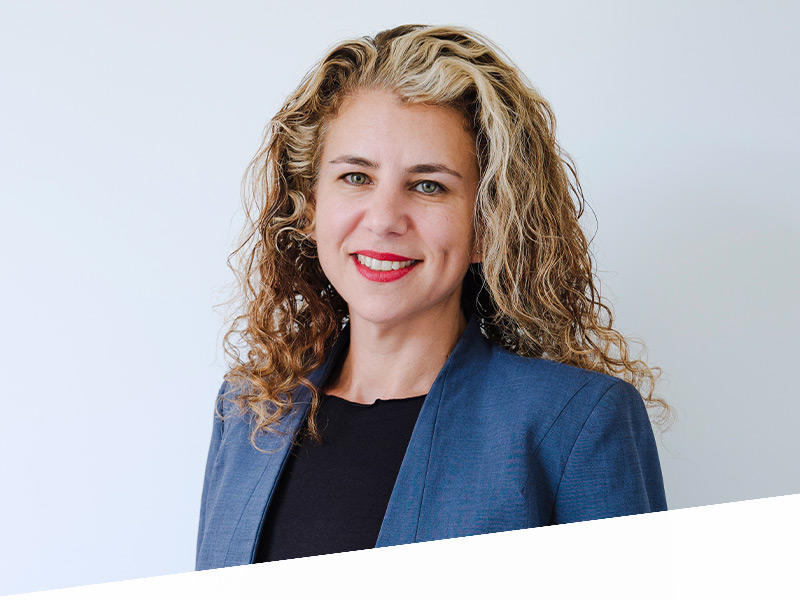
Dr Shira Sheen
Shira completed Ophthalmology training in Israel, under the supervision of world known Ophthalmologist, Professor Ehud Assia.
Dr Ammar Binsadiq
Dr Ammar Binsadiq is a New Zealand-trained ophthalmologist with subspeciality training in medical retinal, cataract and vitreoretinal surgery.
Dr Narme Deva is a key opinion leader for Medical retina and Uveitis in New Zealand and an expert cataract surgeon. She has a logical approach, an empathetic manner and a passion for the pursuit of excellence.
LEARN MORE
With four decades at the forefront of eye surgery in New Zealand, Dr Ring was an early exponent of modern multi-focal technology. He was also part of the esteemed small team that introduced laser surgery to the country.
LEARN MORE

A cataract, corneal and laser surgery specialist Dr Subbiah has been with Eye institute since 2013. His easy manner and affable nature have found a natural home in New Zealand medicine.
LEARN MORE

Dr Watson’s focus – pun intended – is the front of the eye. His combination of specialisations enables him to address the face, eyelids, tear drainage system, the surface of the eye and cornea together as a single functional unit to give the best possible outcome.
LEARN MORE

Professor Danesh-Meyer is an international authority on glaucoma and neuro-ophthalmology and one of the most highly regarded experts in her field.
LEARN MORE

Professor Charles McGhee, a Consultant Ophthalmic Surgeon for 25 years, specialises in corneal diseases and cataract surgery.
LEARN MORE
Will is an acknowledged expert in cataract and vitreoretinal surgery. He splits his time between the Eye Institute and works publicly at the Greenlane Clinical Centre.
LEARN MORE

Dr Hadden specialises in vitreoretinal and cataract surgery, including the treatment of intraocular tumours. He has been at Eye Institute for 17 years
LEARN MORE
Dr Elizabeth Insull is a New Zealand and UK trained Oculoplastic and Ophthalmic surgeon based at Eye Institute Hawke’s Bay at Kaweka Hospital.
LEARN MORE
Dr Kaliopy Matheos is a New Zealand-trained Ophthalmologist specialising in Glaucoma & Anterior Segment Surgery at the University of Toronto in Canada.
LEARN MORE
Dr. Jay J. Meyer is a specialist eye surgeon with expertise in cataracts, glaucoma, and corneal diseases and surgeries. He has a gentle demeanour and provides personalised care by tailoring treatments to each patient’s needs.
LEARN MORE
Dr Reeves has advanced training in the diagnosis and management of glaucoma. He offers a variety of laser and surgical treatments including minimally invasive glaucoma surgery.
LEARN MORE
Dr Nick Mantell is a Refractive laser, Refractive Lens Exchange and Cataract Specialist. He has been working in private practice for 20 years.
LEARN MORE
Dr Hill completed her MBBS at St Georges University of London in 2008, also obtaining an Intercalated BSc from King’s College University, London..
LEARN MORE
As part of his ophthalmology specialty training, Dr Dunne gained valuable experience in major centres such as Auckland and Wellington.
LEARN MORE
Dr Ammar Binsadiq is a New Zealand-trained ophthalmologist with subspeciality training in medical retinal, cataract and vitreoretinal surgery.
LEARN MORE
Dr Baswati Sahoo is a cataract and glaucoma surgeon from India with over 15 years of experience in Ophthalmology.
LEARN MORE
Dr Shira Sheen completed Ophthalmology training in Israel, under the supervision of world known Ophthalmologist, Professor Ehud Assia.
LEARN MORE
Dr Edward Hutchins specialises in Cataract, Corneal, Medical Retina & Vitreoretinal surgery.
LEARN MORE

